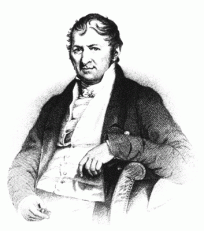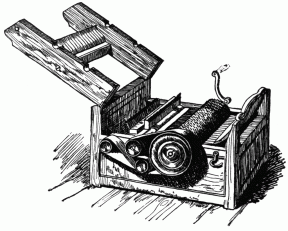Do you want to sell more? Think Big, Think Lean, Think Different.
- Via Prom

- Feb 14, 2017
- 2 min read
“The most dangerous kind of waste is the waste we do not recognize.” – Shigeo Shingo (Toyota)
Regardless whether you are a startup or well established company, a manufacturing / trading company of cookies or software development startup, it doesn’t matter. What matters nowadays is the lean approach. There is a necessity for this new way of business thinking to be applied in every company regardless of the industry, size or type of the company. Think big, think lean, think different – that’s our key to success. Now let’s find out more about the lean approach and its roots.
What is lean? – In plain words, the core idea of this approach is to make obvious what adds value while reducing everything else. This way the customer value is maximized while the waste is minimized. Thus, it’s a customer-centric methodology that continuously improves a process allowing the supplier to give the most to the customers with fewer resources.
According to Strategos Consultants “most companies waste 70%-90% of their available resources. Even the best Lean Manufacturers probably waste 30%. Lean Manufacturing and Cellular Manufacturing improve material handling, inventory, quality, scheduling, personnel and customer satisfaction”.
What are its origins?
The lean concept goes back to Eli Whitney, the inventor of cotton gin who promoted the idea of “interchangeable parts” mode of production. By dividing labor efficiently and building accurate equipment that enabled the production of large numbers of identical parts quickly and at a relatively low cost he reached great production effectiveness because of which he’s considered as a pioneer of the interchangeable parts – concept.
Next, Frederick W. Taylor made his contribution to the lean business thinking by defining the concept of standardized work while Frank Gilbreth developed intricate studies of motion and invented the process charting. Additionally, Lillian Gilbreth conducted a deep research on work motivations and the way attitudes affected the outcome of a process. Certainly there were many other contributors who originated the idea of “eliminating waste” which is the basic tenet of lean manufacturing.
And then, there is the Ford System – the first system that shows a comprehensive manufacturing strategy.
Henry Ford is the first person to truly integrate an entire production process. “Ford lined up fabrication steps in process sequence wherever possible using special-purpose machines and go/no-go gauges to fabricate and assemble the components going into the vehicle within a few minutes, and deliver perfectly fitting components directly to line-side. This was a truly revolutionary break from the shop practices of the American System that consisted of general-purpose machines grouped by process, which made parts that eventually found their way into finished products after a good bit of tinkering (fitting) in subassembly and final assembly”, describes the Lean Enterprise Institute.
Then,
Toyota Motor Company looked at this situation and began to realize that a series of simple innovations might significantly improve the possibility to provide both continuity in process flow and a wide variety in product offerings. They began to incorporate Ford production and other techniques into an approach called Toyota Production System or Just In Time . They recognized the central role of inventory. This is why the Toyota Production System is considered the leading lean exemplar in the world.
The lean thinking keeps spreading globally at a very fast pace. It goes beyond manufacturing; it expands to logistics and distribution, services, retail, healthcare, construction, maintenance, and even government. Indeed, the lean approach and methods are grabbing serious attention among senior managers and leaders in all sectors worldwide.
In our future posts we’ll talk more about the application of the lean approach in the manufacturing and distribution and logistics. In meanwhile we encourage you to share your thoughts in the comments section.
“The price of light is less than the cost of darkness” -Arthur Nielsen







Comments